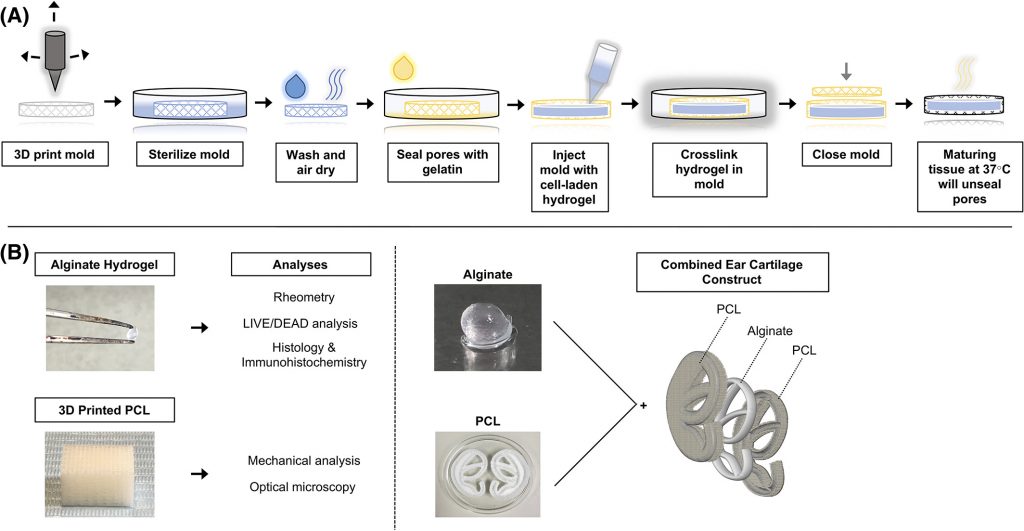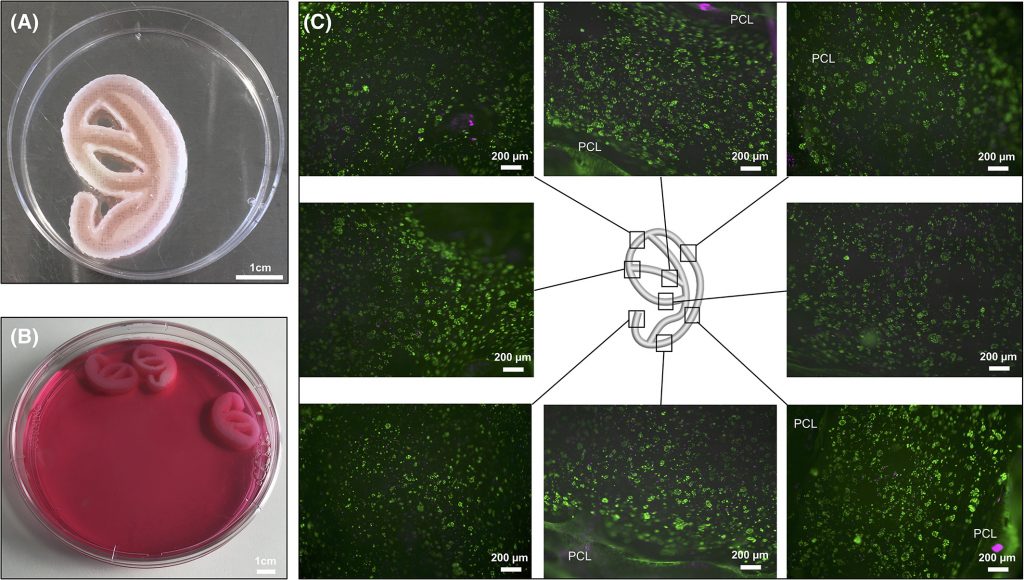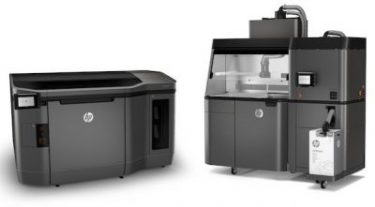Digitalisation has fundamentally reshaped industry processes – from research and development to logistics – driving up overall productivity and increasing process efficiency. However, transformation has been rather slow in certain parts of the industrial value chain, as new solutions have not been able to provide significant benefits compared to established processes or have faced significant obstacles. This is particularly true for complex manual assembly or quality assurance processes that cannot be performed by robots.
Augmented reality (AR) devices for worker guidance can help bridge this gap, merging manual labour with digital processes. As a major global player leading the field in high-tech industrial production, Siemens AG is eager to take advantage of these new solutions in order to keep evolving its business and stay at the forefront of process innovation. For this purpose, Siemens set up a team of specialists in Mülheim Germany to explore the potential of wearable technology at the world’s most technologically advanced location for the production of gas turbines, steam turbines and generators for power plants. As a pilot project, Konica Minolta’s AIRe Lens solution, a head-mounted AR smart glasses technology for industrial use, was implemented in close collaboration with the experts from Konica Minolta’s European Business Innovation Centre.
In this interview with Julian Melsbach, Project Lead implementation of smart glasses at Siemens Mülheim, and Zdeněk Vrbka, Innovation Manager at Konica Minolta, we learn more about the application possibilities for augmented reality technologies and their lasting impact on the industry.
What is your take on the transformation in industrial production – and how are you dealing with it?
Julian Melsbach, Siemens:
We are right in the middle of a significant change within the industry. Processes as we know them are changing drastically as digitalisation gradually finds its way onto the production floors. We anticipate and embrace the possibilities our workers and our company are provided with through technology in order to ensure we maintain our leadership in the industry. We are always exploring new opportunities to further improve our processes and find suitable ways of designing them to be more effective and efficient.
Zdeněk Vrbka, Konica Minolta:
Digitalisation will fundamentally change the way work is done in industrial production – away from simple repetitive tasks towards managing and monitoring roles, where human strengths such as flexibility, creativity and problem resolution capabilities are essential. As a production company ourselves we go through the processes with open eyes to look for solutions which take production to the next – often digital – level. In this way we have developed a variety of technologies which we are already testing and using together with our valued customers and partners like Siemens AG.
Why has Siemens dedicated a special team of experts to wearable technology in industrial environments?
Julian Melsbach:
We constantly push for innovation and new technology that make our internal process even more effective while maintaining the highest levels of product quality. Hence, Siemens is steadily examining exciting new technologies and their potential. Wearable devices and augmented reality solutions are highly promising technologies for applications on the shop floor, supporting our workers in mastering their craft in fields like picking and assembly, maintenance or quality management. Hence, we have set up a dedicated specialist team to evaluate various possibilities. We decided to start with the promising product group of smart glasses and started to look for suitable solutions that fit our purposes.
How did you find the solution to fit your purposes? Why did you choose to partner with Konica Minolta?
Julian Melsbach:
Our main goal is to see what the technology can really do in everyday working processes, to see if the promised advantages really translate into real-life increases in efficiency. We quickly realised that, particularly in the area of smart glasses, many solutions have significant limitations when applied in industrial production settings. One positive example which stood out for us, however was Konica Minolta’s AIRe Lens. We came into contact with this at one of our sister locations in Brno, Czech Republic. They had already run a successful trial with this solution for guidance in complex assembly processes. They worked together with an expert team from Konica Minolta’s European Business Innovation Centre, and the results they yielded were very promising. On this basis, we decided to take a closer look at the technology and were impressed by its usability on the shop floor. In comparison to other AR smart glasses, you see right from the start that Konica Minolta’s solution has been specifically tailored for the use in an industrial environment. It delivers the highest level of safety as workers can wear the head mounted device with full protective gear and prescription glasses. Thanks to its design, it is very light and comfortable to wear and also does not restrict the field of sight, which is one of the most important safety factors when operating with heavy machinery. We wanted to see for ourselves what additional tasks can be supported.
What application field did you explore then within the scope of your collaboration?
Julian Melsbach:
Basing our decision on factors of applicability, efficiency improvement rate and need, we quickly identified manual quality assurance processes as a promising field for a pilot test at our site. For our various types of turbines, we have to measure up to 1,800 values to ensure the proper functionality and high quality of our products. The process itself is very time-consuming and requires a team of two. One worker needs his hands free to measure these hard-to-reach positions and the other worker has to take down the values in a log. This log is later digitised in the quality management department. With the AIRe Lens, however, we are exploring a procedure where a single worker measures the values while using the AIRe Lens for guidance and visualisation as well as a numeric keypad for entering the results. The values are directly digitised – while the worker maintains full movement abilities thanks to the solution’s design. The AIRe Lens displays the recorded values in real-time so the worker can double-check the validity right on the spot. This allows the quality assurance measurements to be recorded significantly faster, while ensuring the highest level of reliability and control.
What are the next steps in this project?
Julian Melsbach:
With our month-long pilot, we identified a new use case. We now need to work on incorporating the procedure into our systems. The next step the Konica Minolta expert team is working on closely together with our IT department is to prepare for seamless integration of this solution into our infrastructure. For us it is really interesting and valuable to know that wearable technology like the AIRe Lens is not just designed to support workers in one dedicated process, but it is more of an evolving technology that can be used in a variety of applications. This gives us the opportunity to evaluate all of our processes with open eyes in order to potentially tap into new ways of using them.
Do you think wearable technology such as the AIRe Lens will have a lasting impact on the industrial production environment?
Julian Melsbach:
Our trial projects show that wearable technology offers huge potential when it comes to efficiency improvements in various fields of production. We truly believe that if applied in a sensible manner, it will reshape the future of production. At the moment we are at the start of this development. Yet we can already see how workers and their environment are becoming more efficient, processes less error-prone while the value for the customer increases. We are excited to see what developments might happen in the near future and happy to start working on the revolution of manufacturing right now together with strong partners like Konica Minolta.
Zdeněk Vrbka:
Things are becoming increasingly connected in our private lives – from our phones to our homes. Why not utilise similar kinds of solutions that have the potential to help workers become more efficient, reduce errors and deliver higher quality in production? In recent years we have seen a shortage of skilled workers, who – even with all digital technology – will continue to constitute the backbone of industry. Hence, solutions like the AIRe Lens that are able to enhance their performance have the potential of becoming a valuable asset for manufacturing companies. Through our close relationships with our customers like Siemens we are truly able to understand their needs and develop our solutions accordingly.
About Konica Minolta Business Solutions Europe
Konica Minolta Business Solutions Europe GmbH, based in Langenhagen, Germany, is a wholly owned subsidiary of Konica Minolta Inc., Tokyo, Japan. Konica Minolta enables its clients to champion the digital era: with its unique imaging expertise and data processing capabilities, Konica Minolta creates relevant solutions for its customers and solves issues faced by society. As a provider of comprehensive IT services, Konica Minolta delivers consultancy and services to optimise business processes with workflow automation and implements solutions in the field of IT infrastructure and IT security as well as cloud environments. Konica Minolta was awarded the prestigious “Buyers Lab PaceSetter award for Smart Workplace Vision” from Keypoint Intelligence as the only vendor in its industry thanks to its forward-looking vision of the future of work and investment in innovative technology. Being a strong partner for the production and industrial printing market, Konica Minolta offers business consulting, state-of-the-art technology and software and, in 2017, was the production printing market leader for the tenth consecutive year in Europe, Central Asia, the Middle East and Africa (InfoSource). The hardware portfolio covers light and mid production as well as industrial printing machines. Konica Minolta Marketing Services provides value added services that intelligently link print and digital marketing in an effective and efficient way. In the healthcare sector, Konica Minolta drives digitalisation of clinical workflows and offers a broad range of next-level diagnostic solutions. Through its Business Innovation Centre in London and four R&D laboratories in Europe, Konica Minolta brings innovation forward by collaborating with its customers as well as academic, industrial and entrepreneurial partners. Konica Minolta Business Solutions Europe is represented by subsidiaries and distributors in more than 80 countries in Europe, Central Asia, the Middle East and Africa. With almost 9,900 employees (as of April 2018), Konica Minolta Europe earned net sales of over EUR 2.37 billion in financial year 2017/18.
For more information, please visit http://newsroom.konicaminolta.eu/ and follow Konica Minolta on Facebook, YouTube and Twitter @KonicaMinoltaEU.











 New data from CONTEXT has revealed an 18 percent and 30 percent year-on-year growth for polymer and metal-focused 3D printer shipments respectively.
New data from CONTEXT has revealed an 18 percent and 30 percent year-on-year growth for polymer and metal-focused 3D printer shipments respectively.